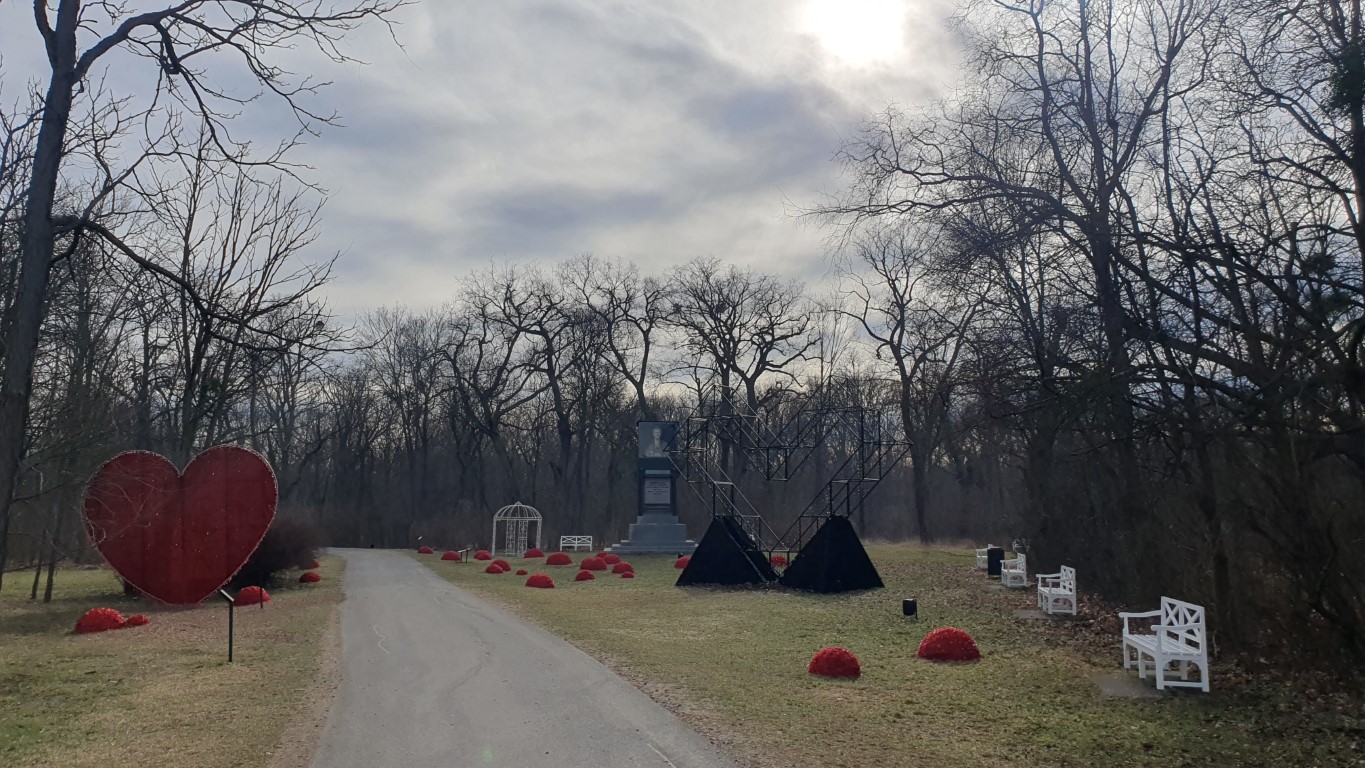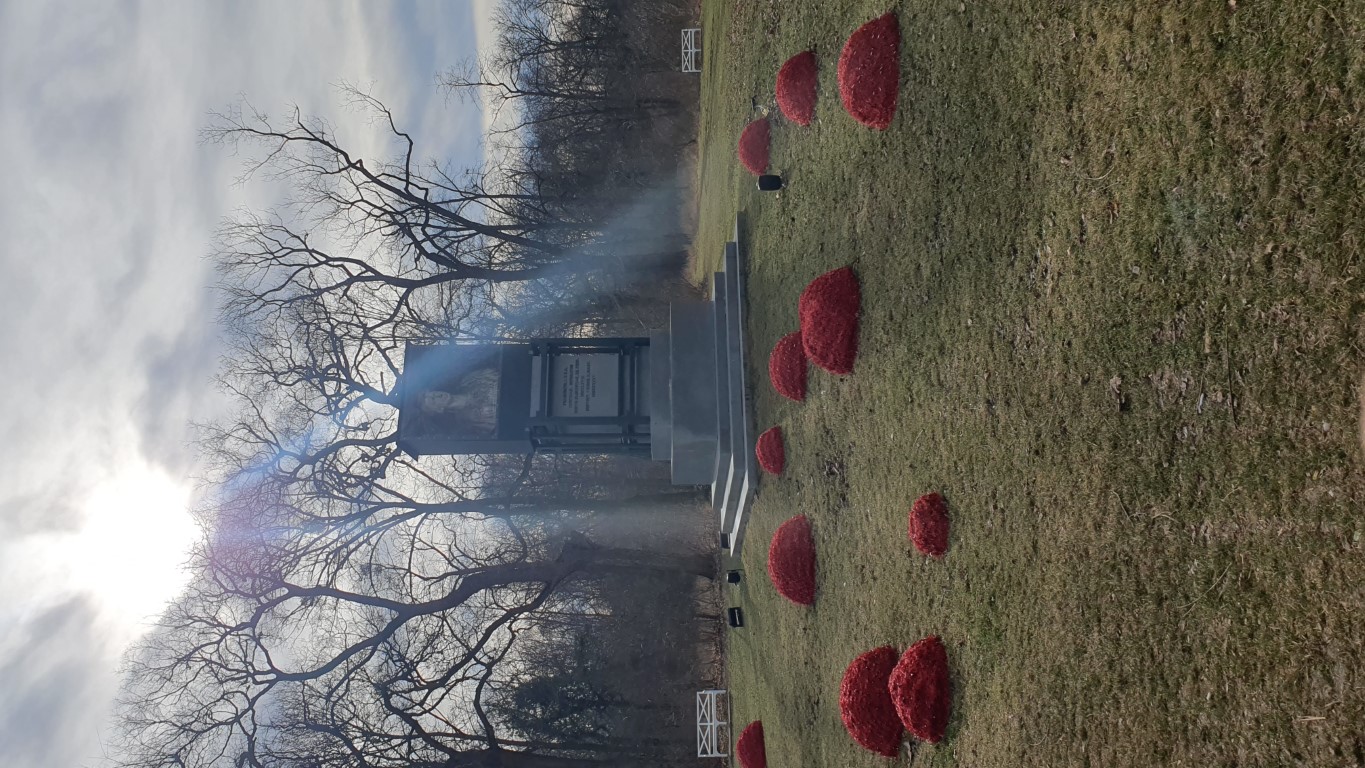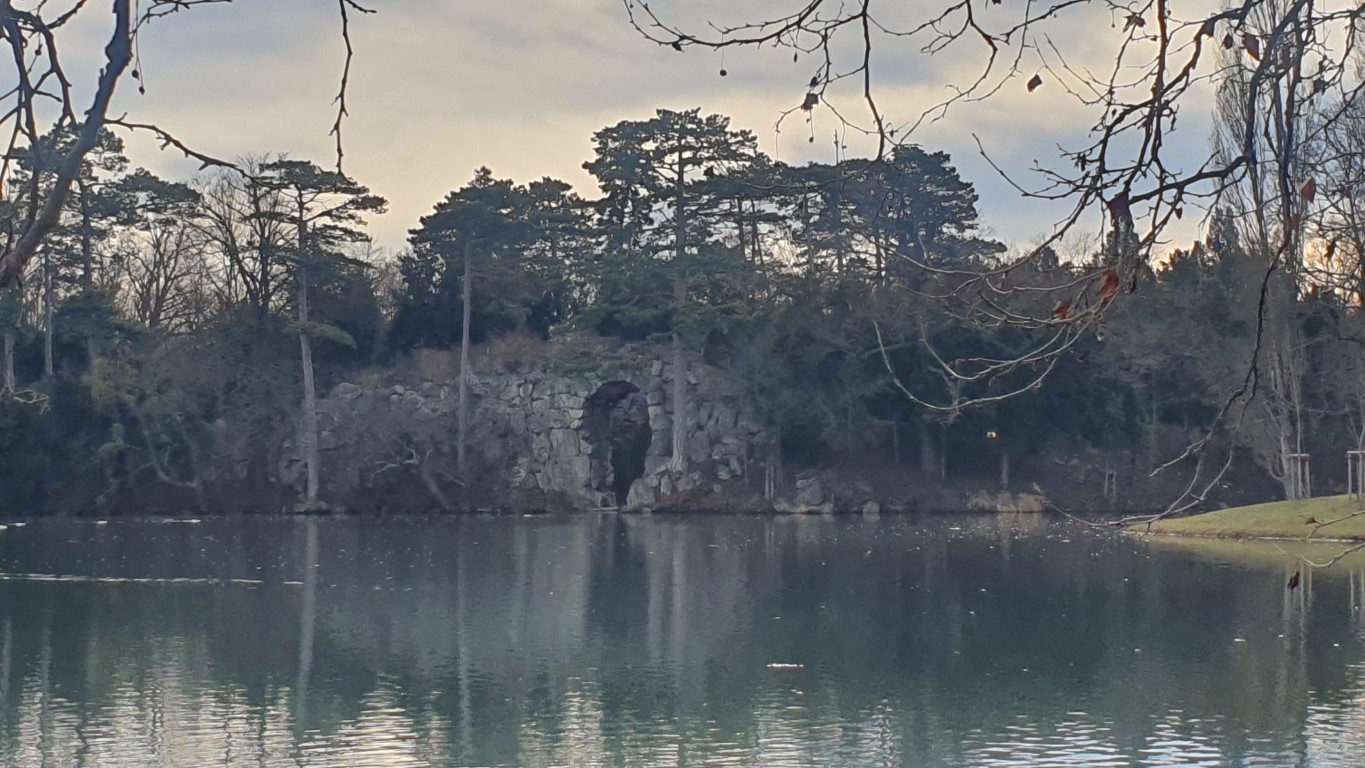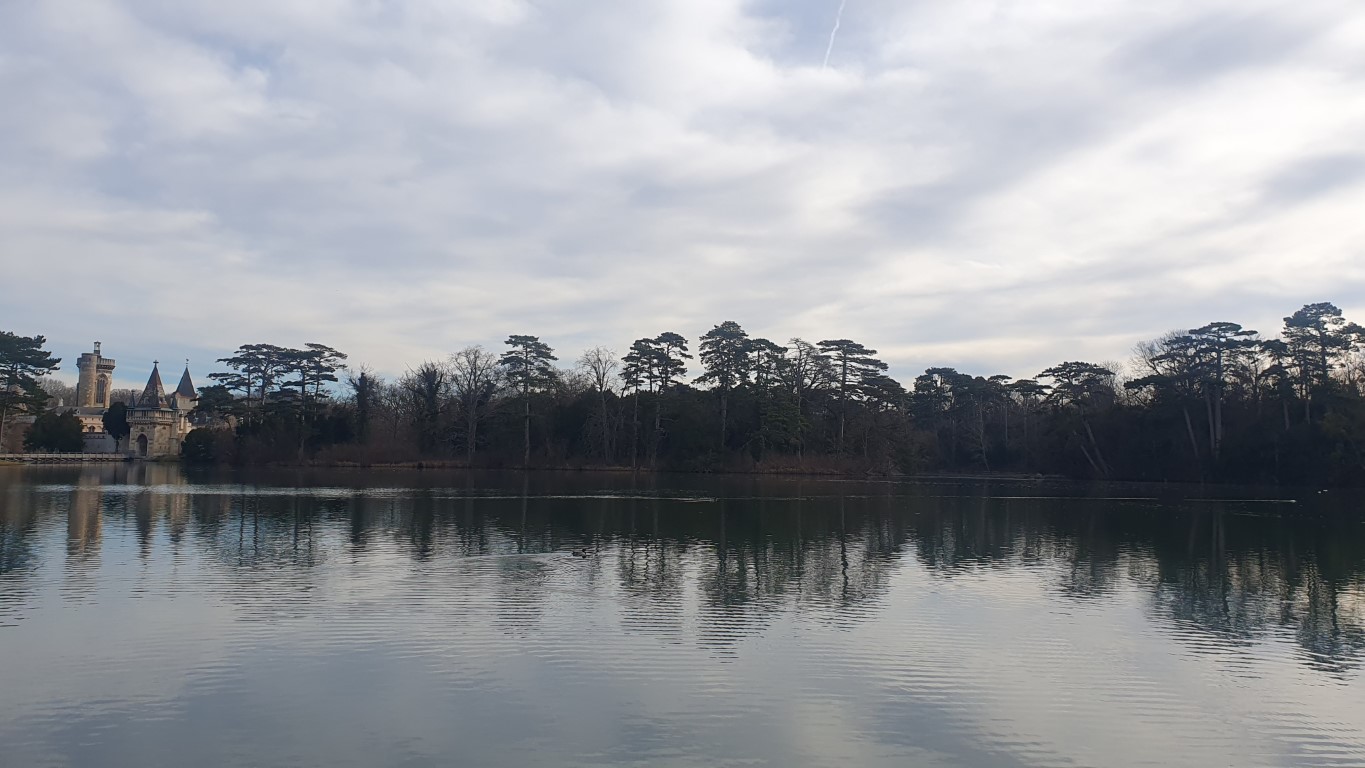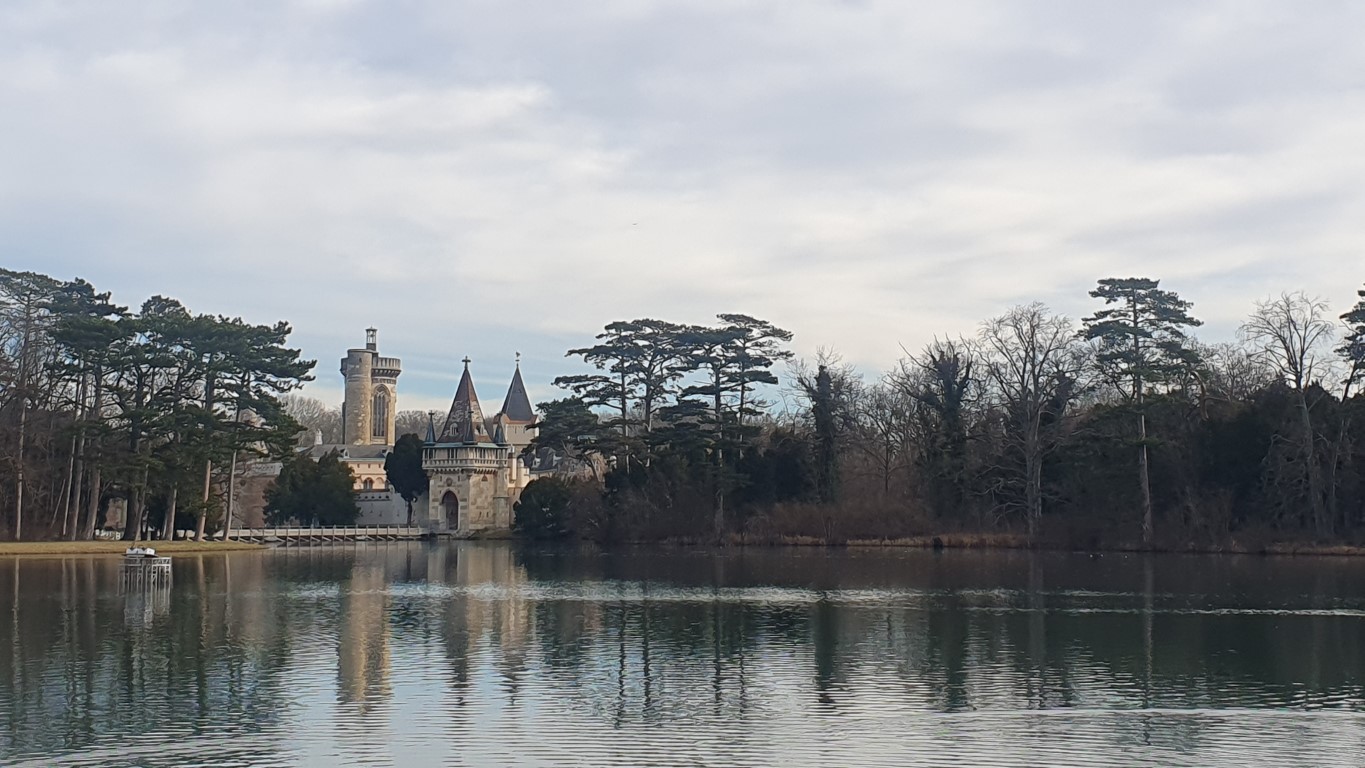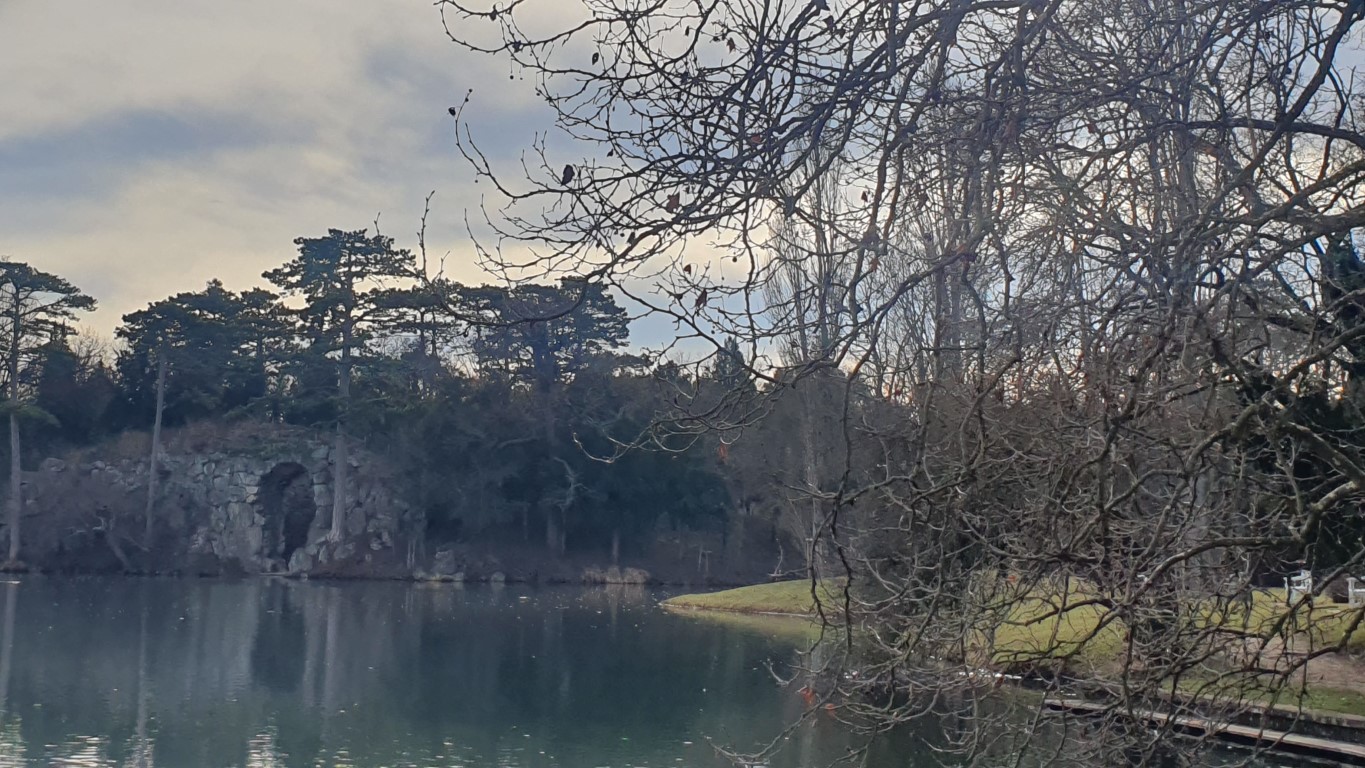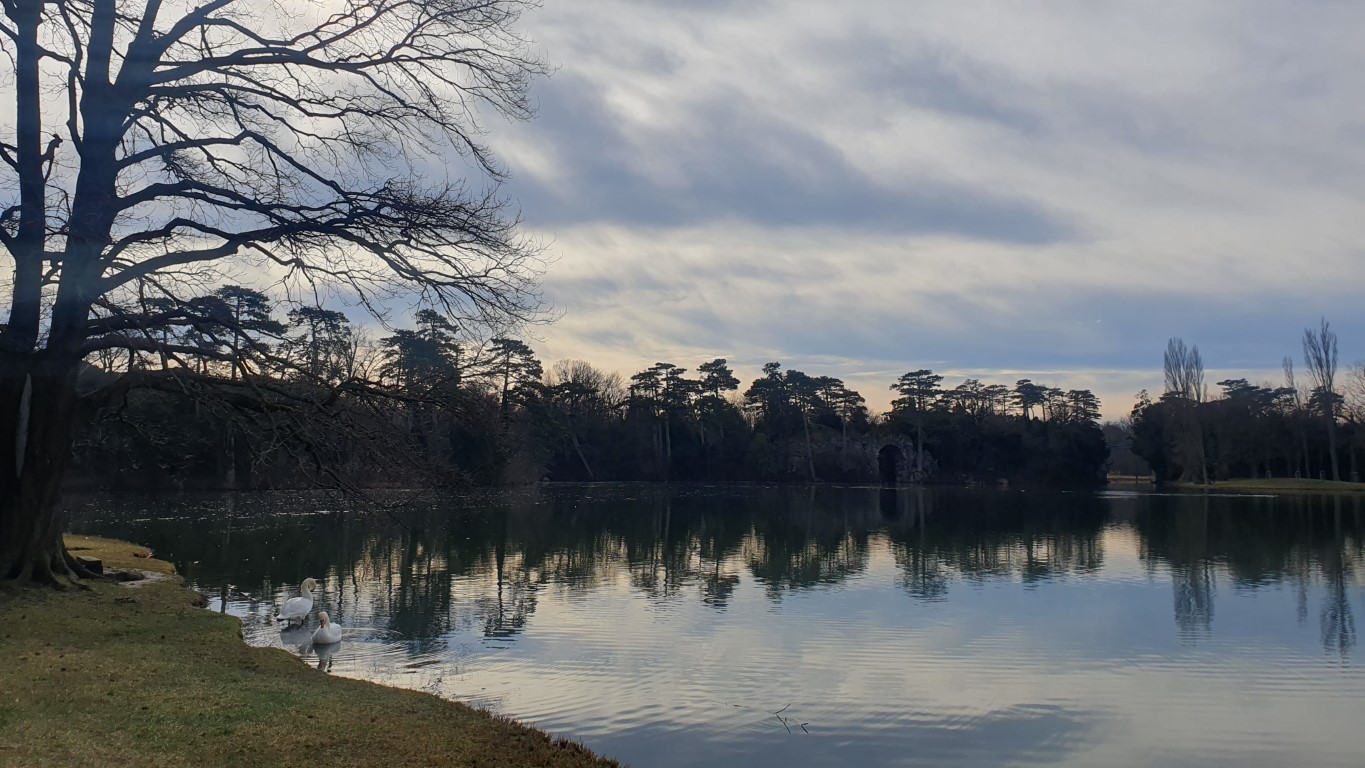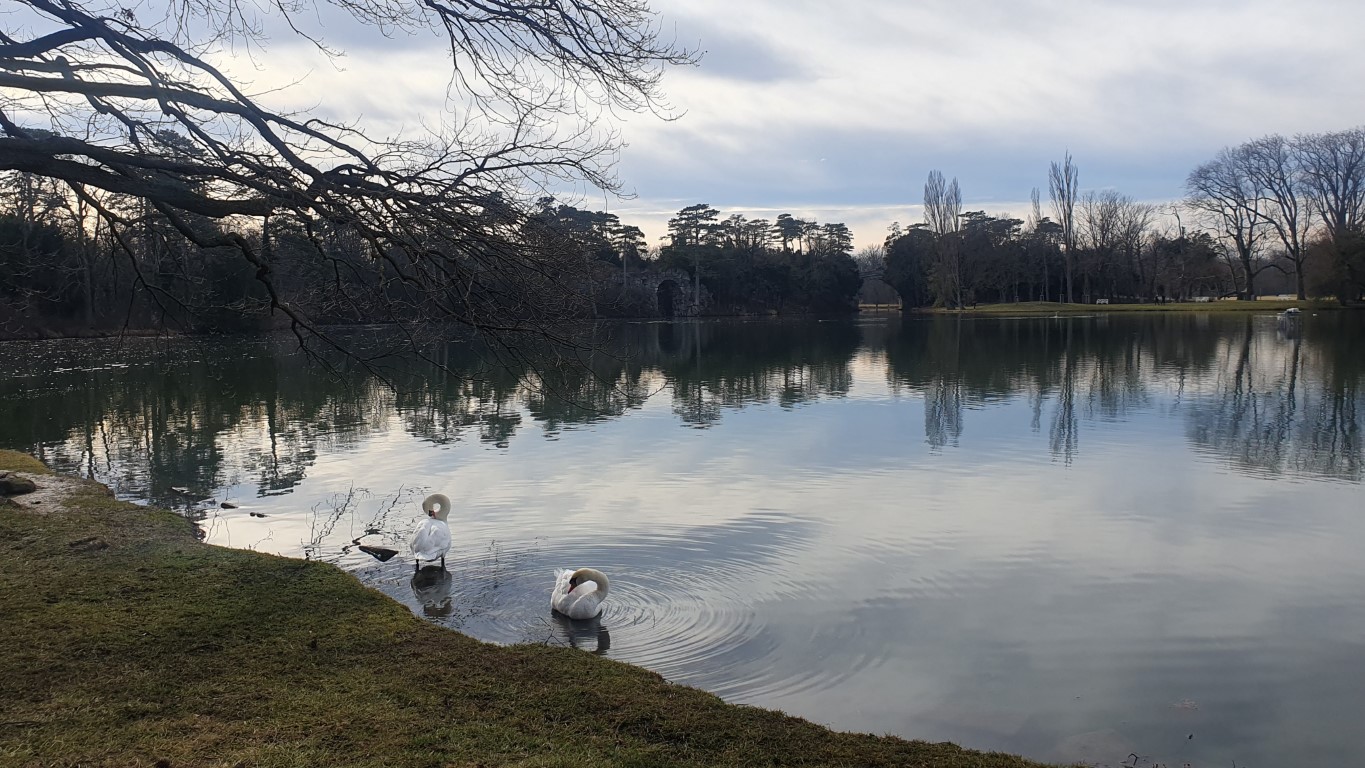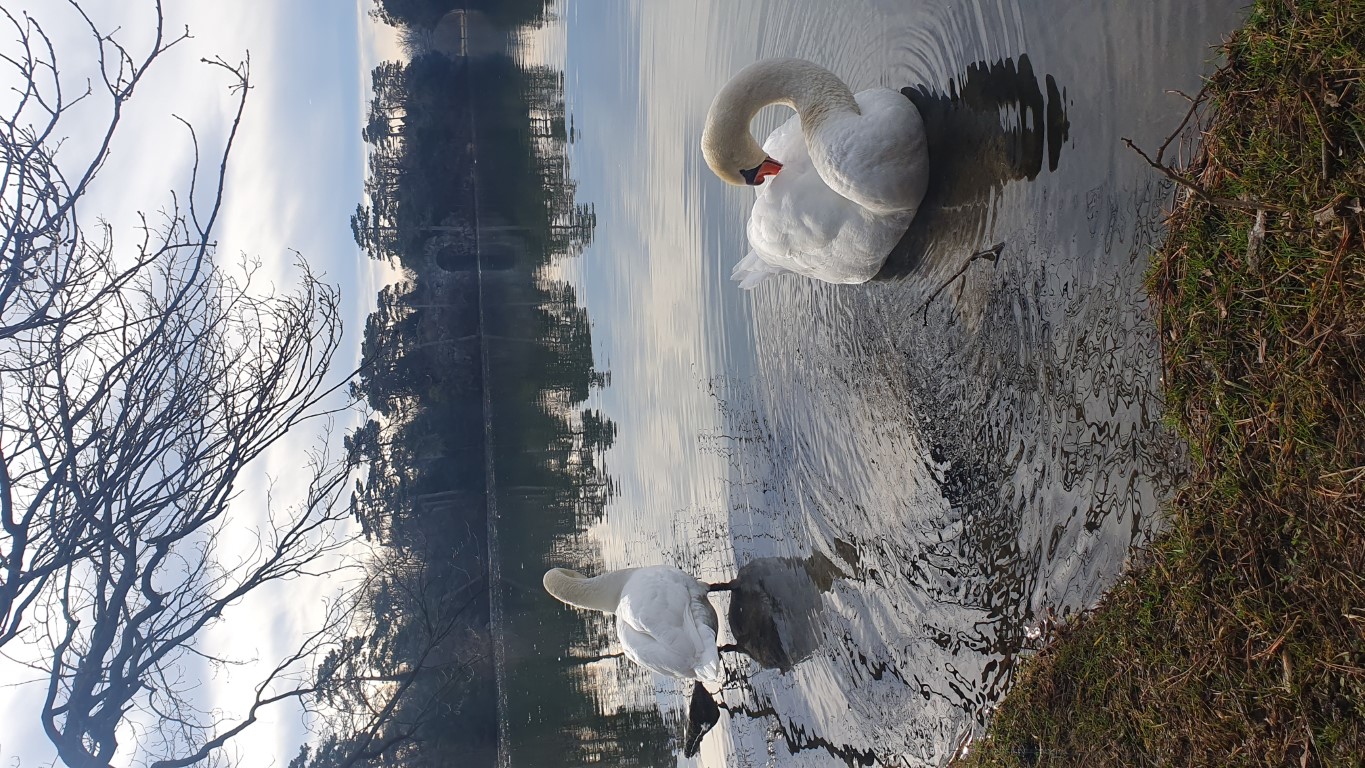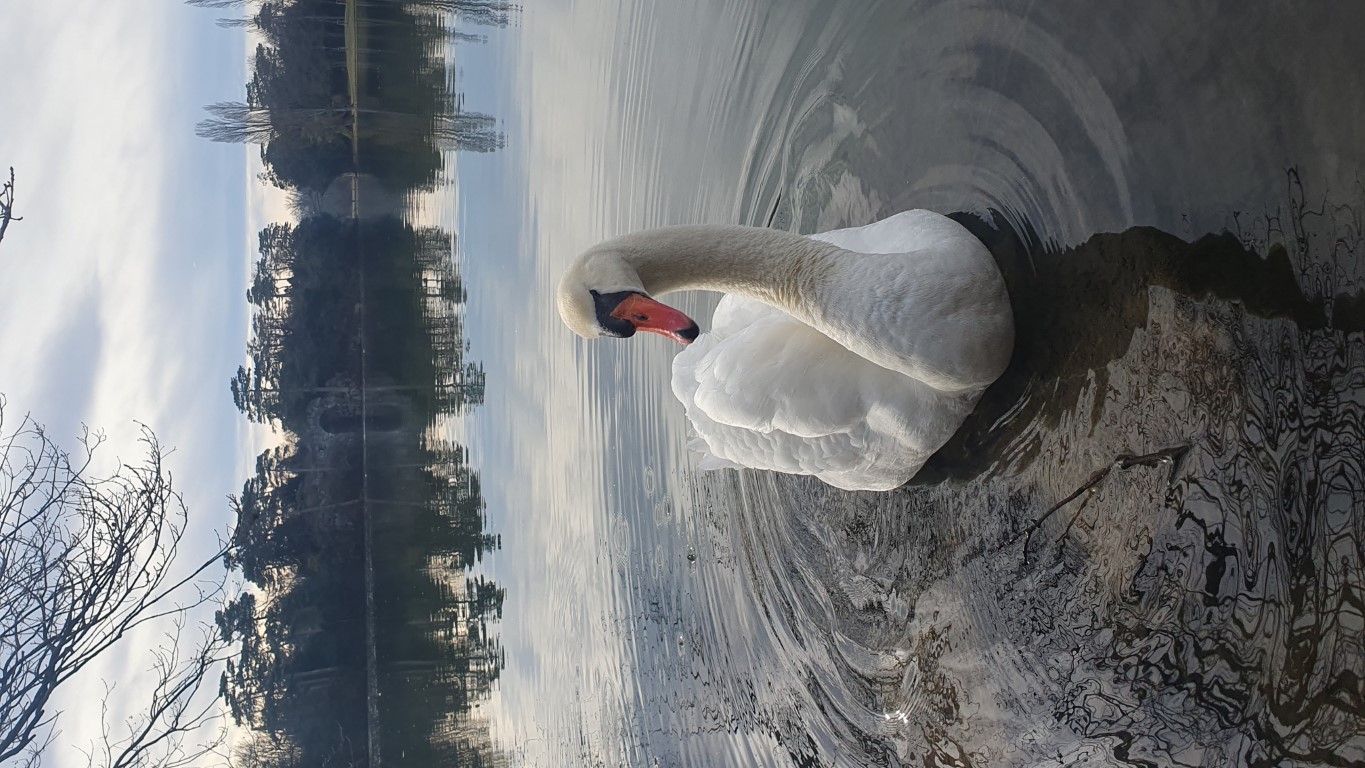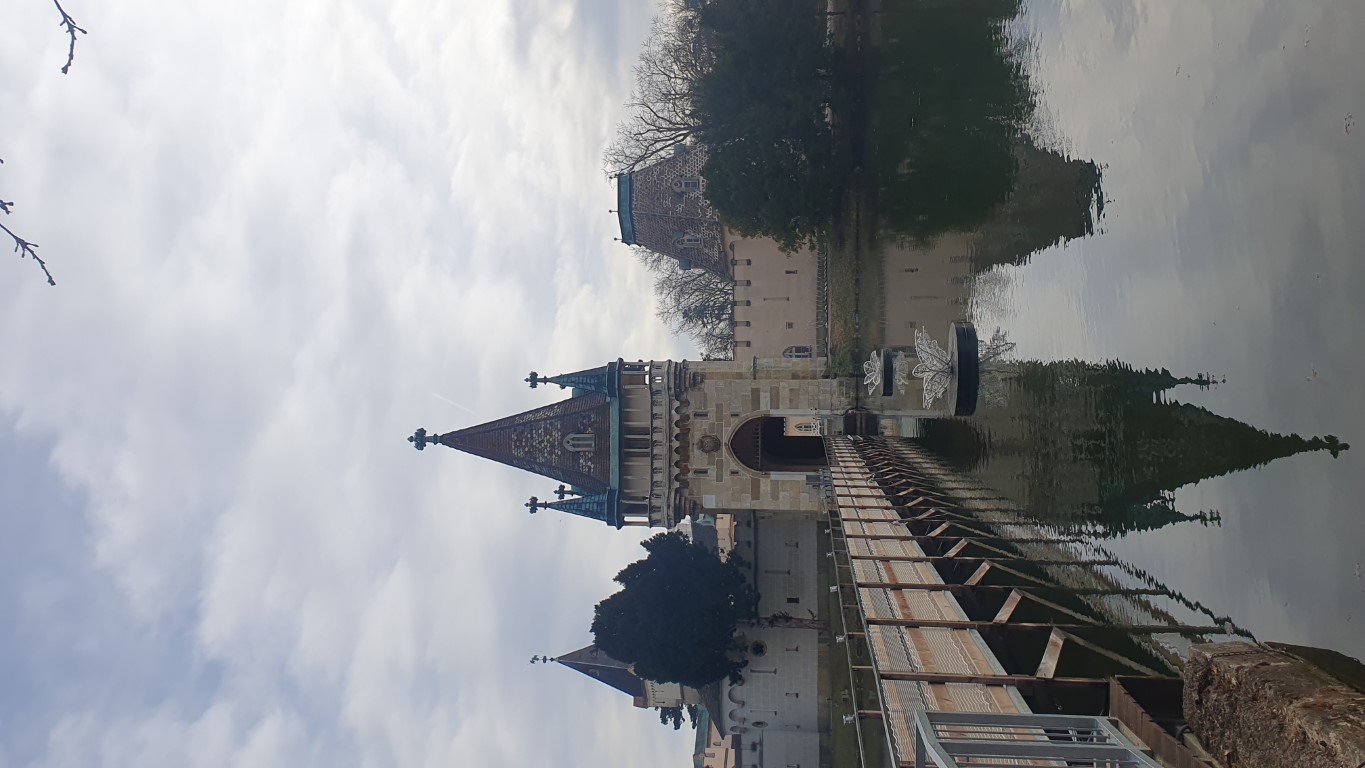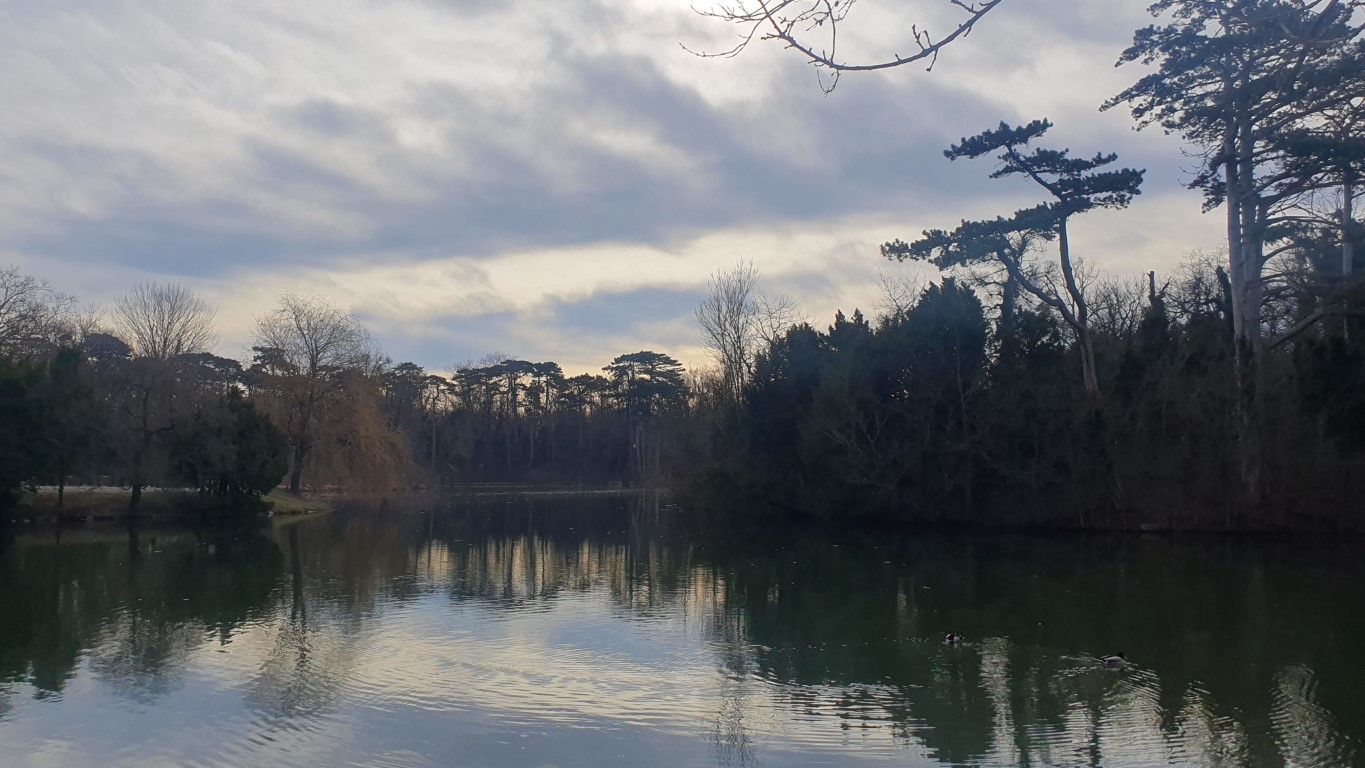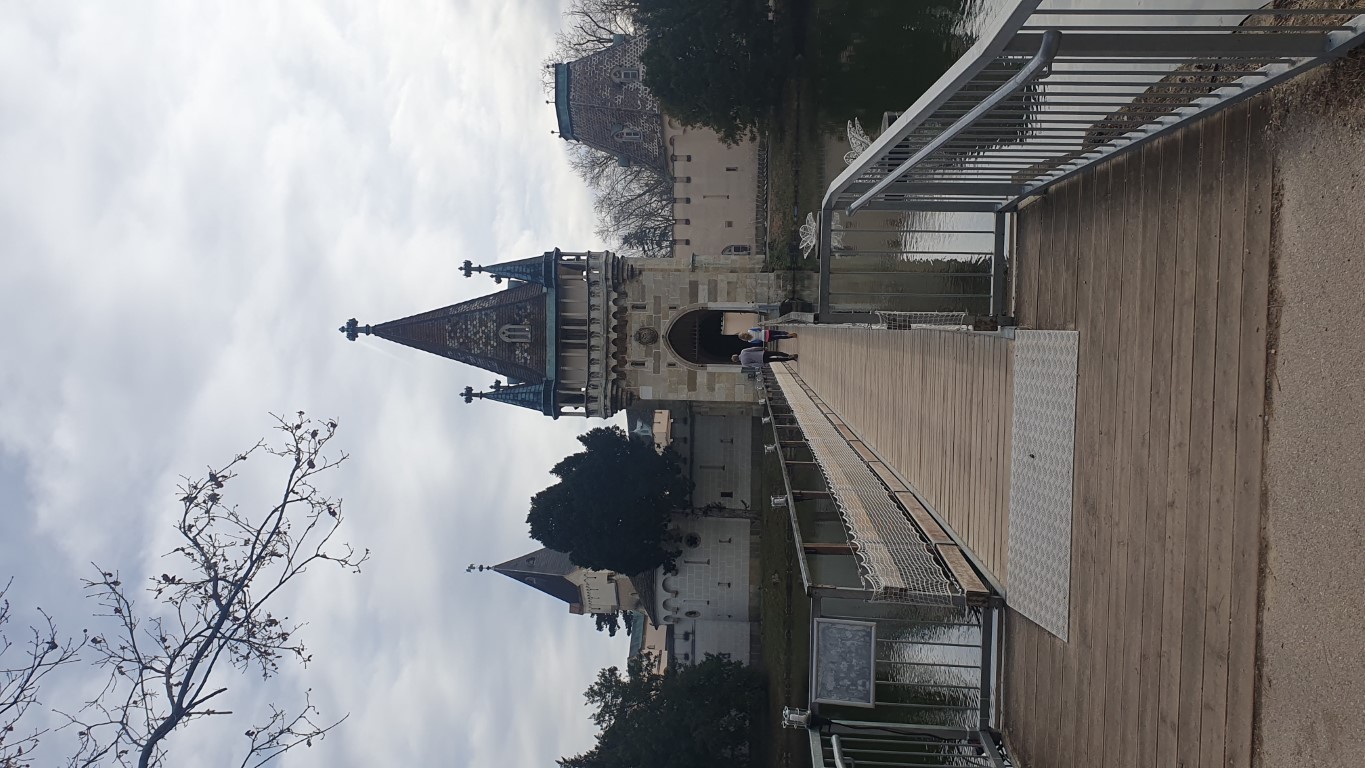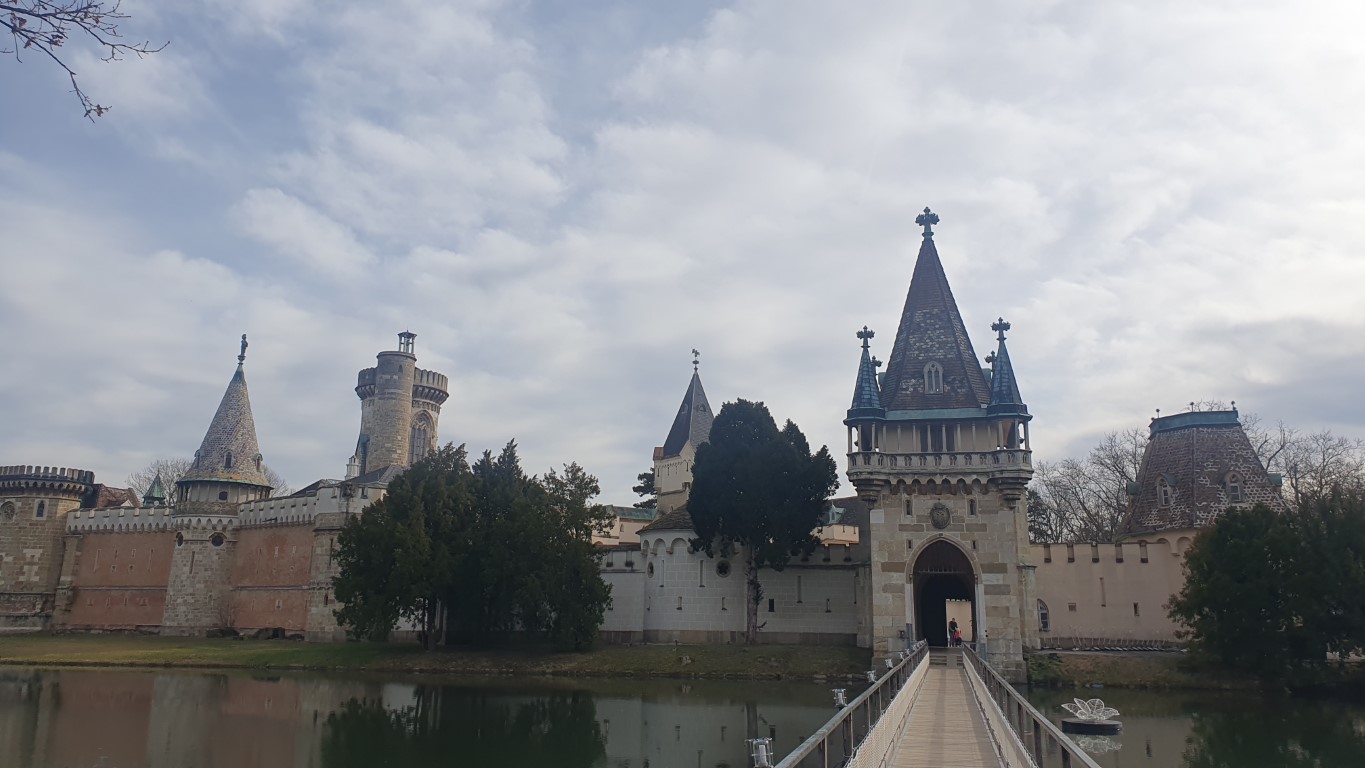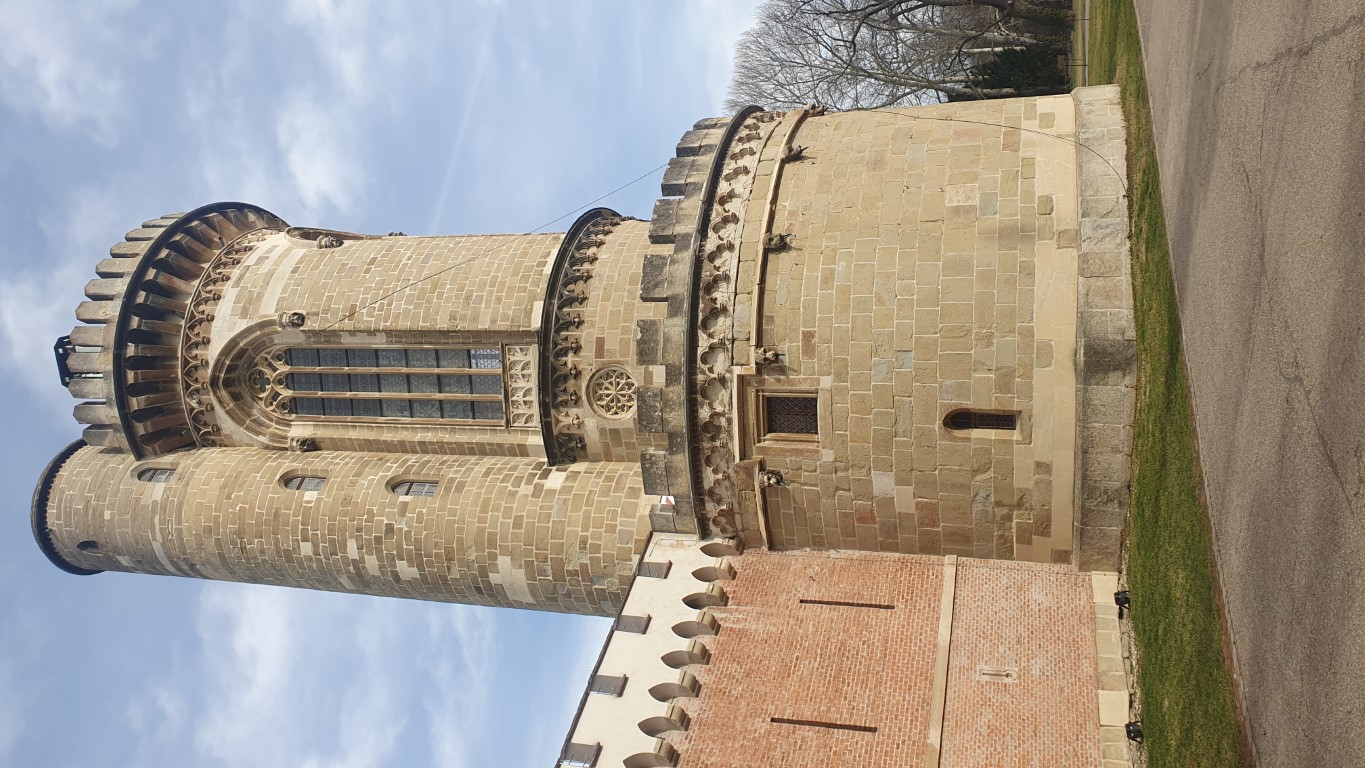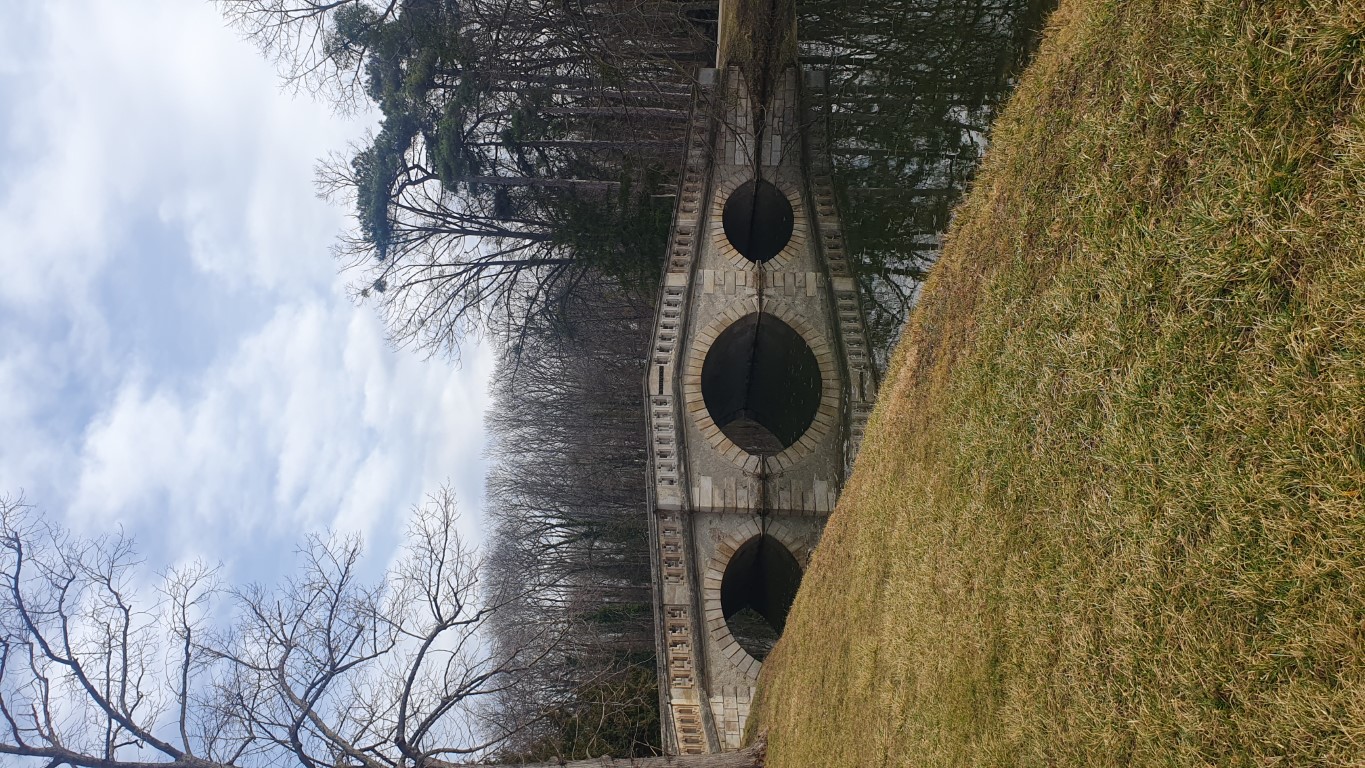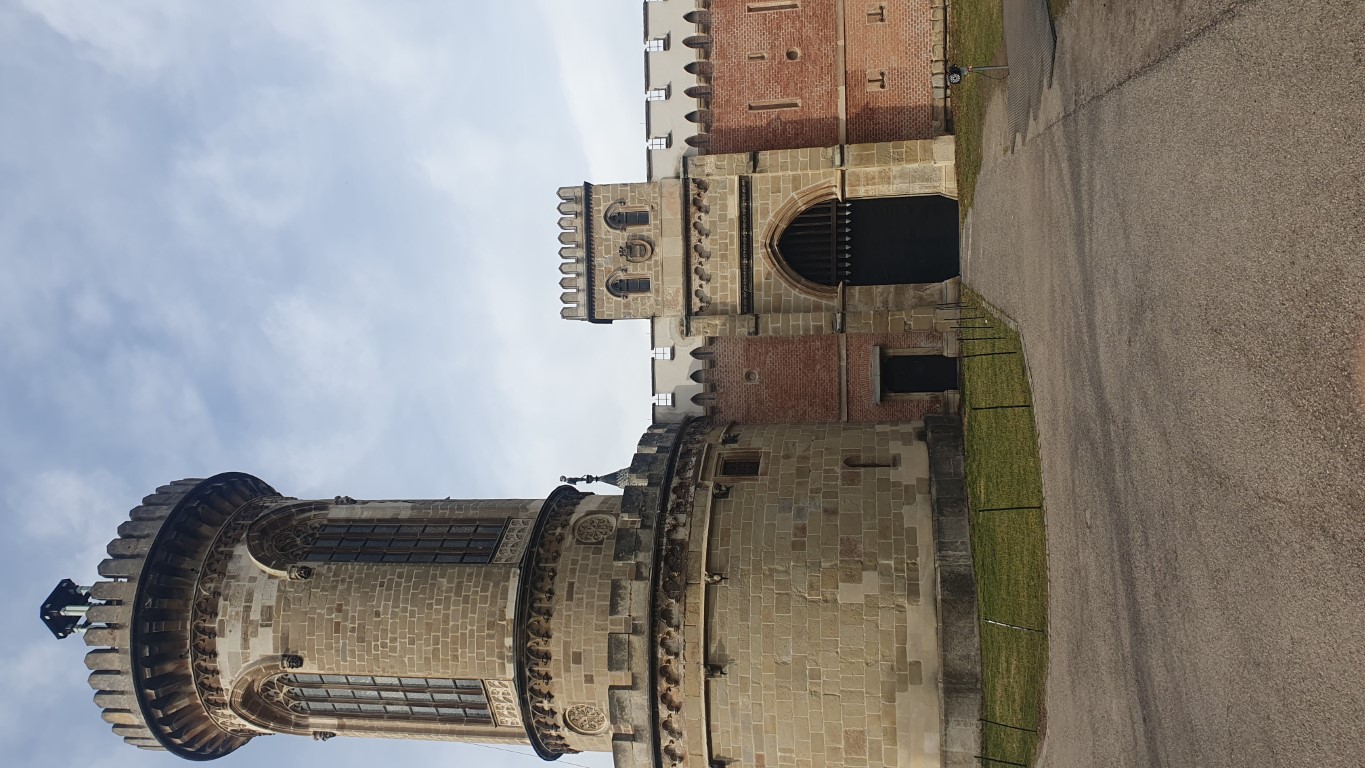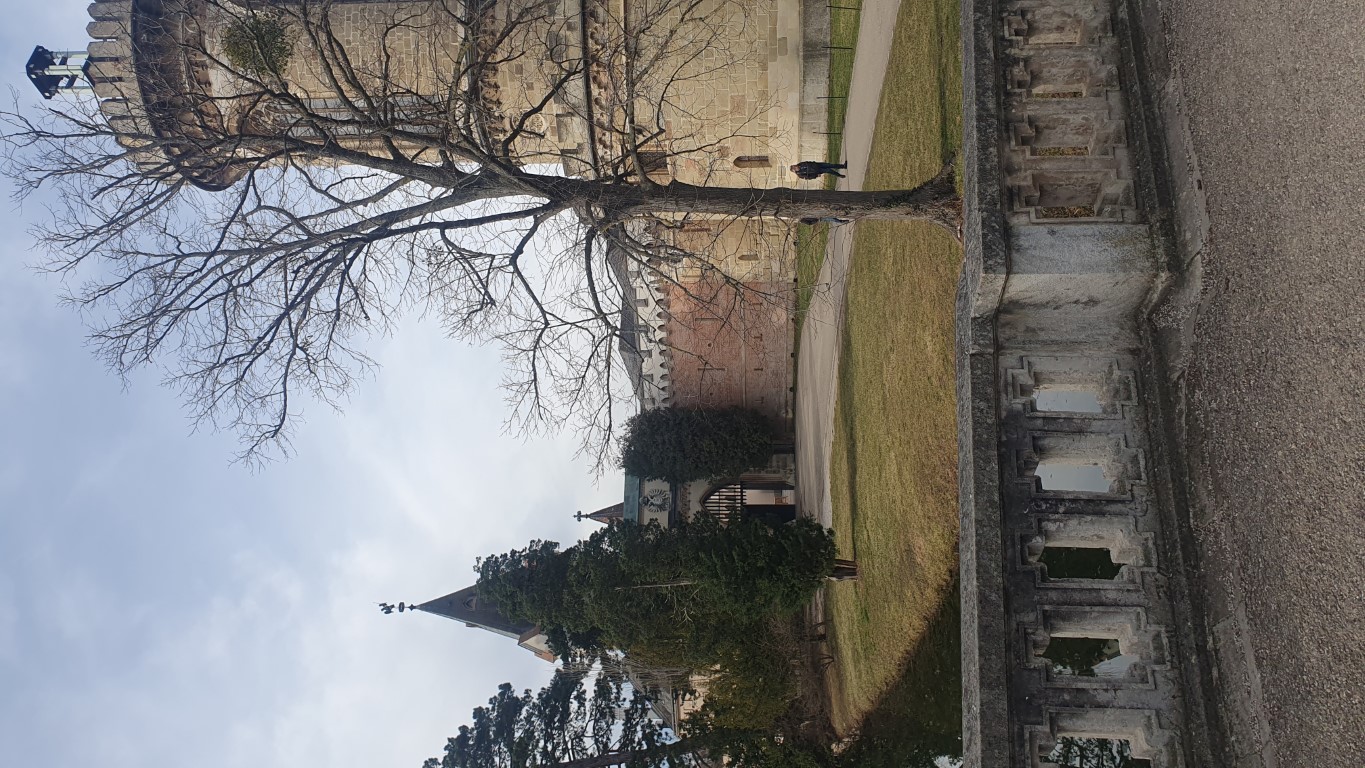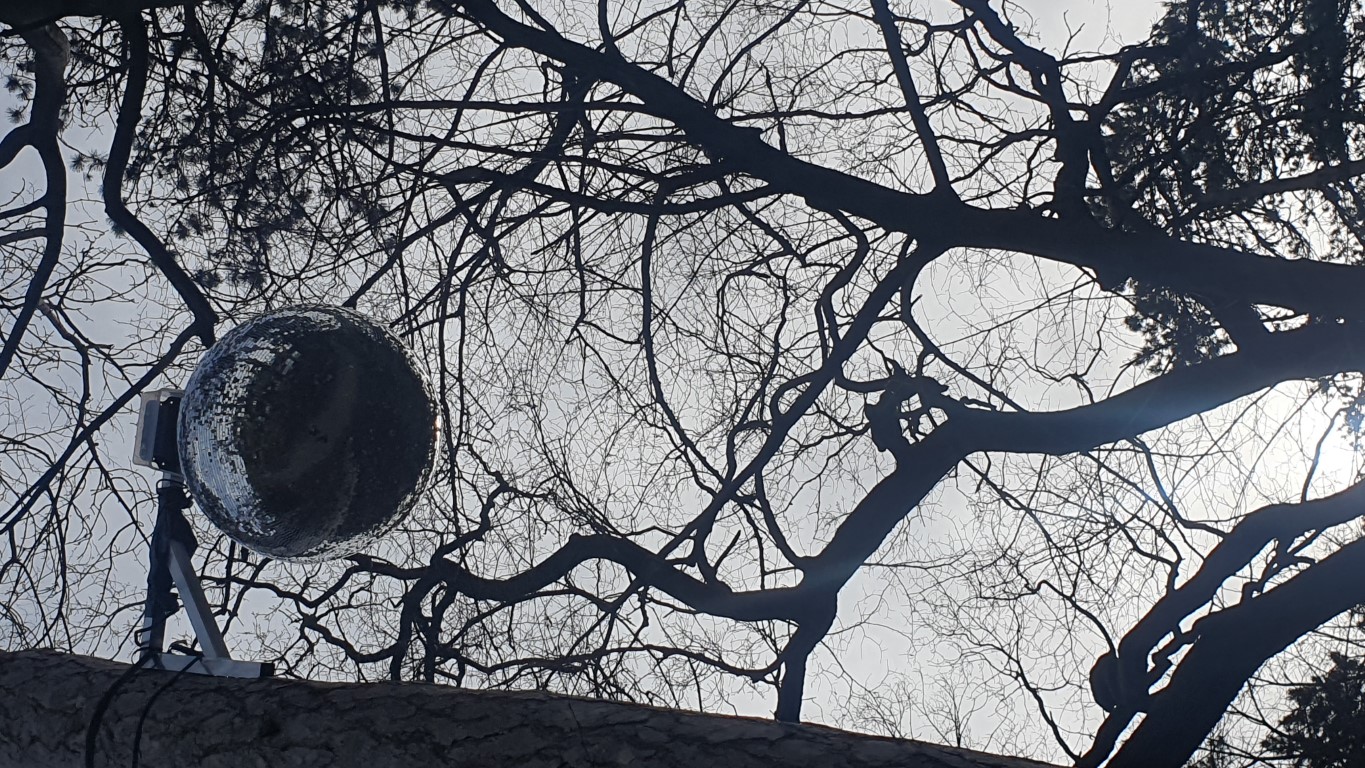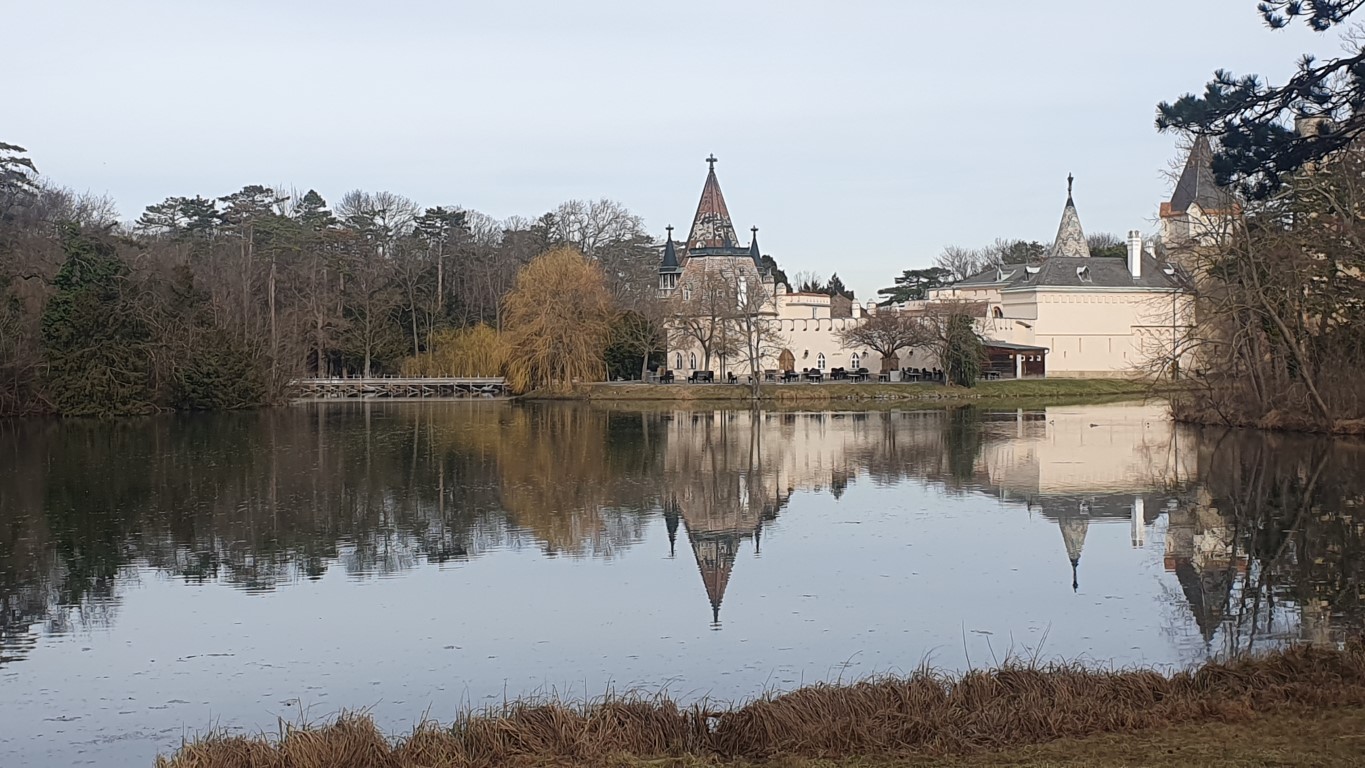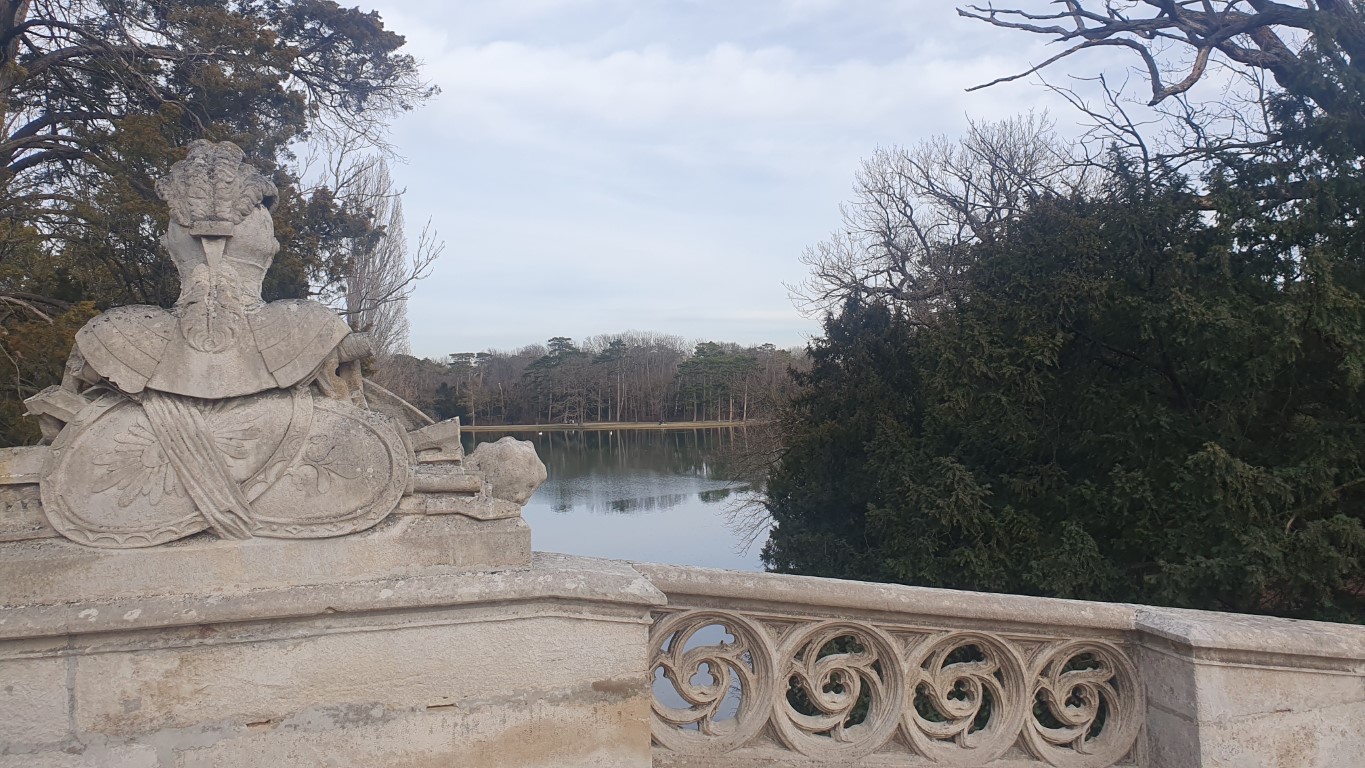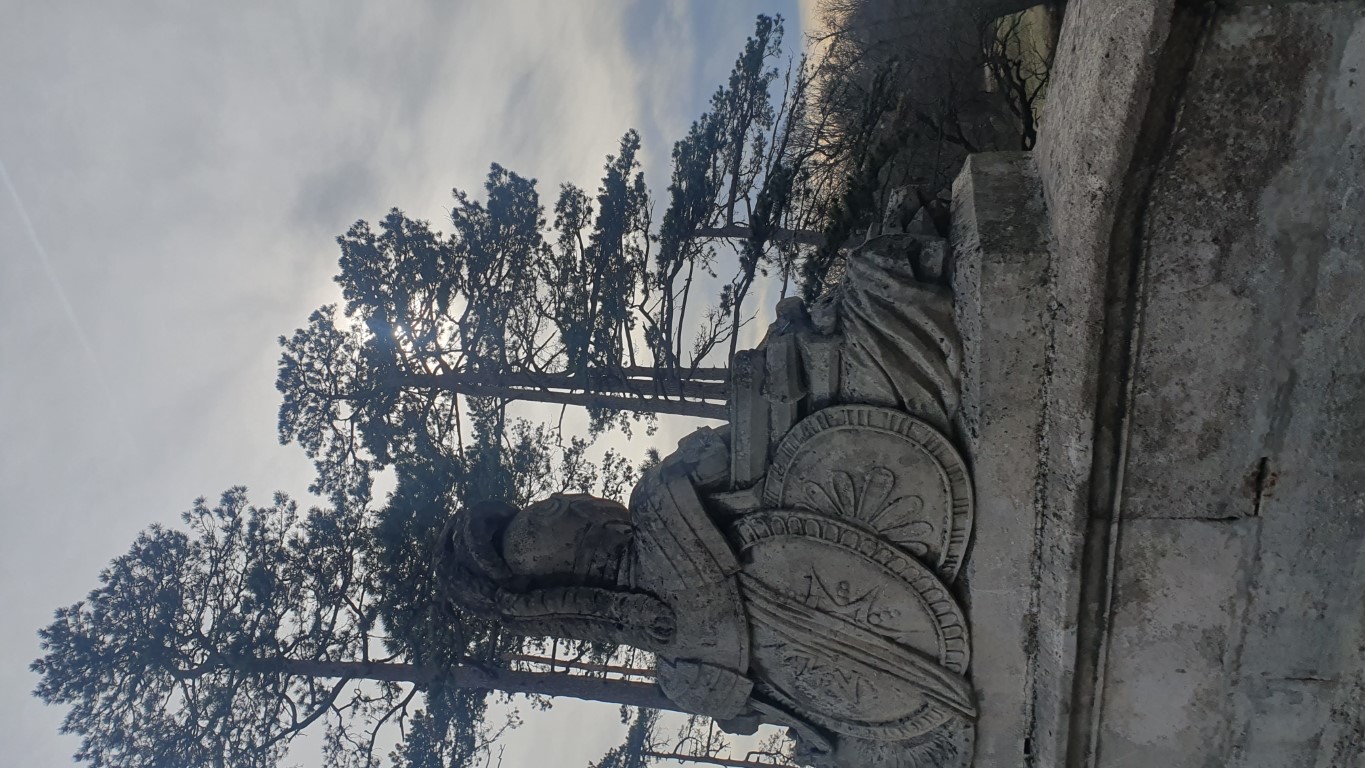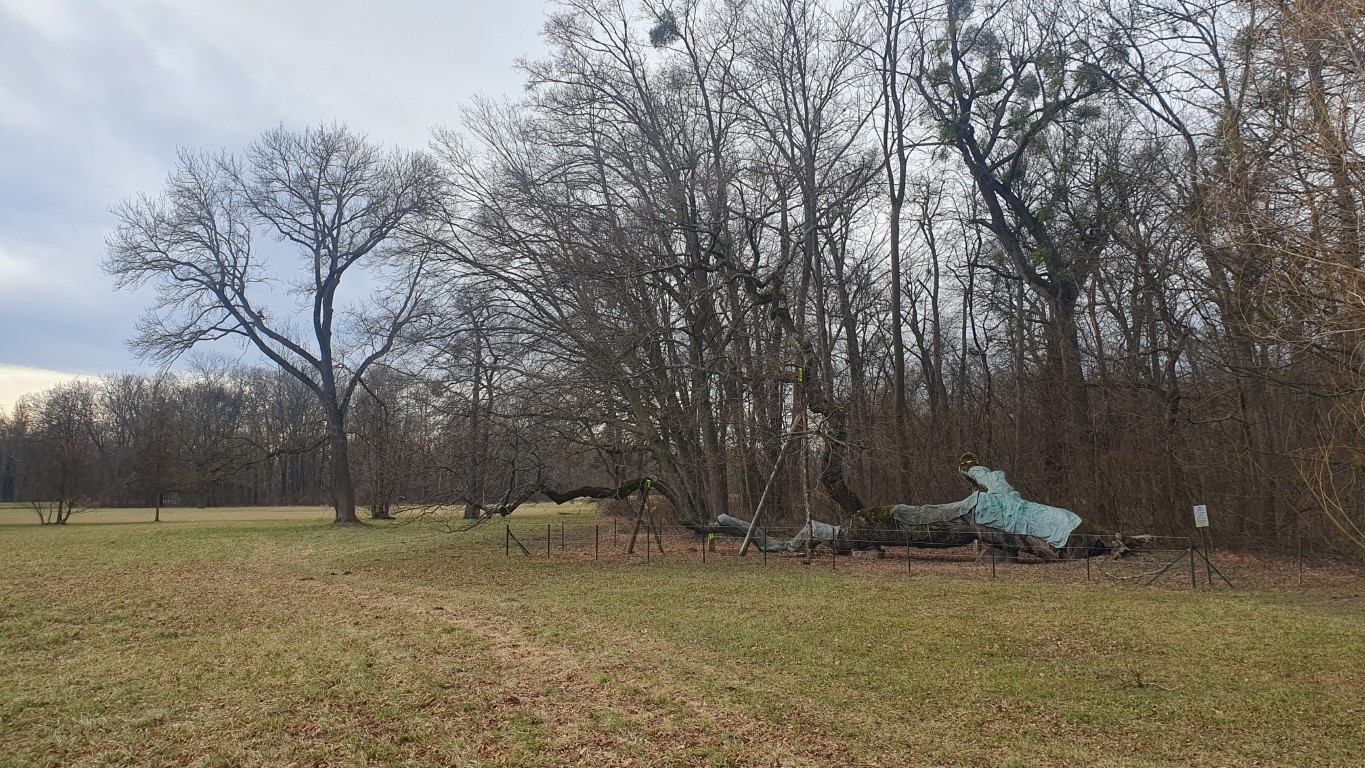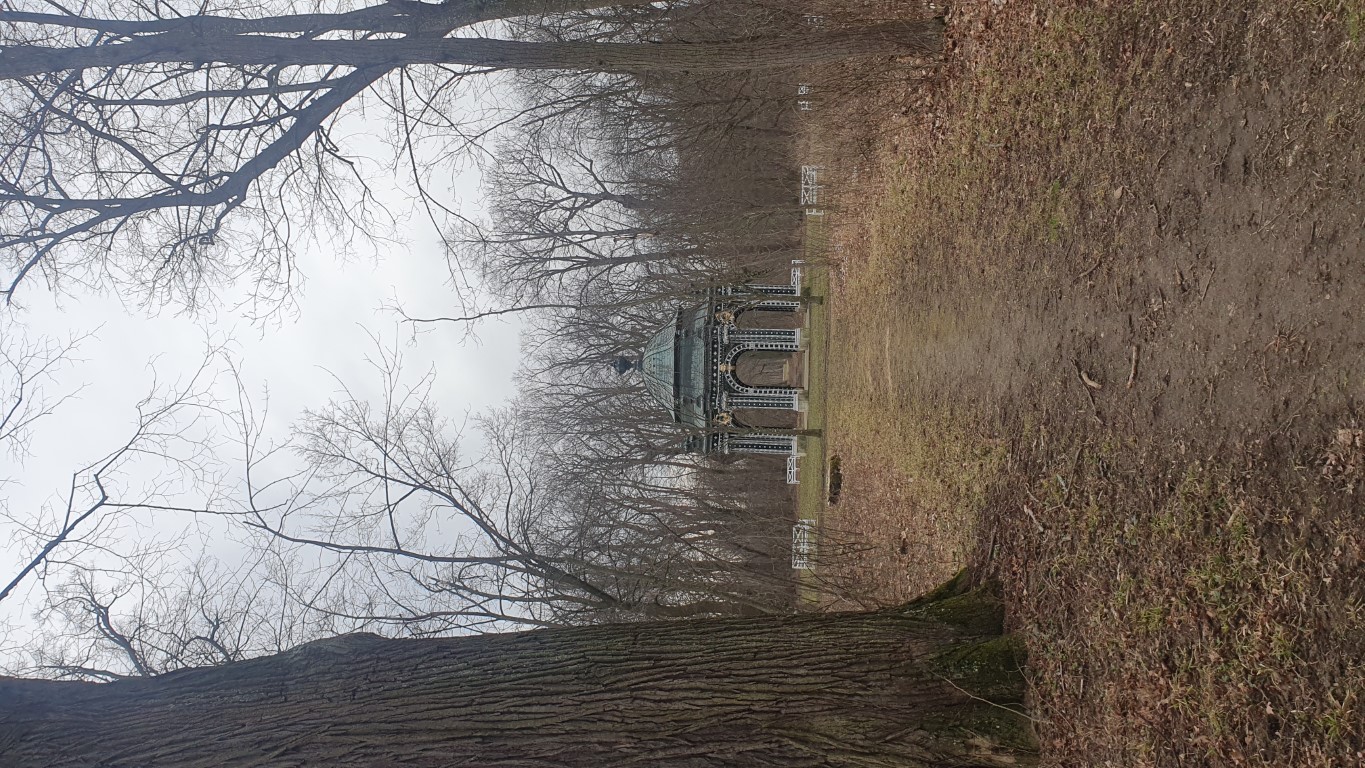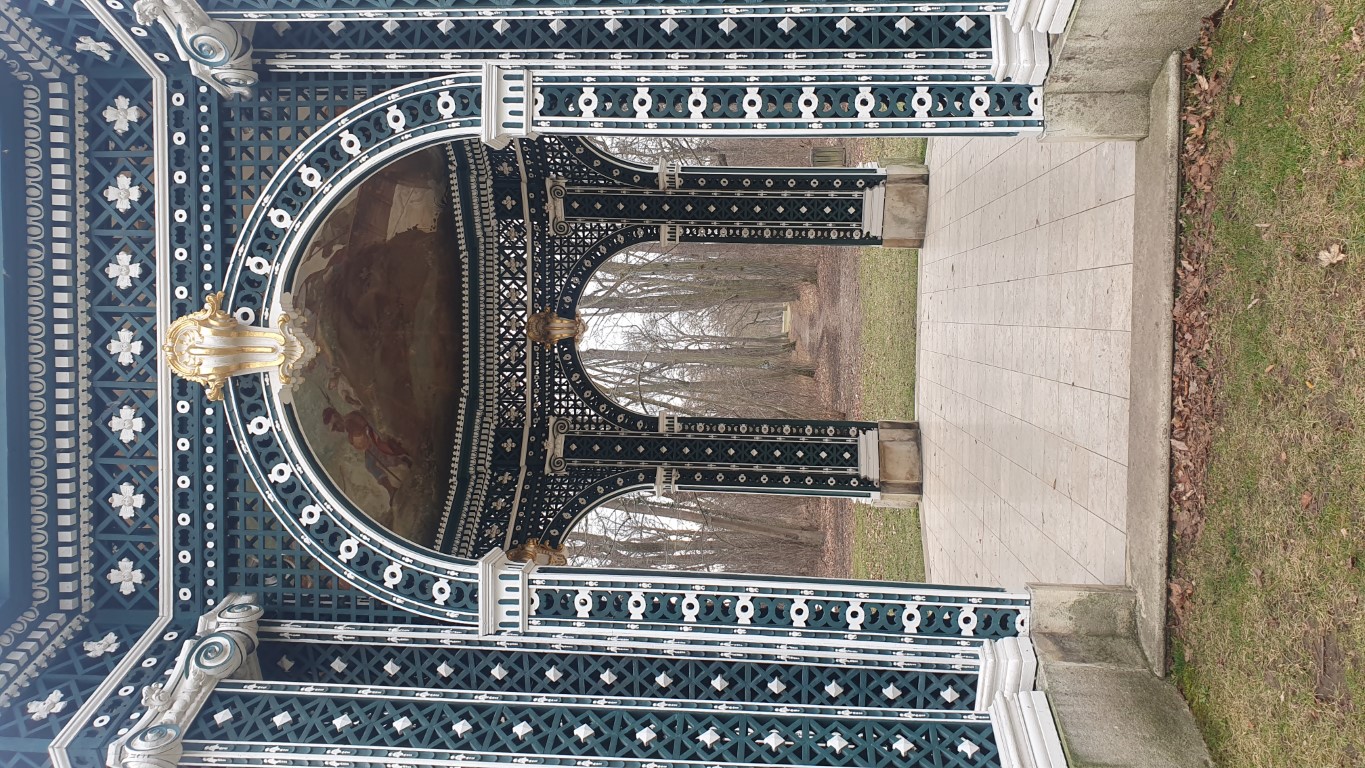In the halls of time, where stories are woven into stone and greenery, the Laxenburg Palace Park rises majestically. A place of incomparable splendor and grandeur, where the past whispers in every corner and the heart of history beats.
In the middle of this sprawling parkland, shaded by old trees and surrounded by flowers, the Old Castle stands enthroned with its timeless elegance. It tells of days gone by, of royal intrigues and knightly romance, which are caught up in the walls like the light that falls through the windows.
But it is not only the Old Castle that rises proudly in the sunlight. The Blue Courtyard, an architectural jewel, shimmers like a sapphire in the green of the meadows, its towers reaching towards the sky and capturing the dreams of passers-by.
And there, on the shores of the tranquil lake, Franzensburg Castle rises like a fairytale castle from times gone by. Its towers and battlements are reflected in the clear water, while the history of the Habsburg dynasty comes alive in the minds of those who roam its paths.
Every stone, every tree, every blossom tells of times gone by, of splendor and glory, of love and suffering. The Laxenburg Palace Park is more than a place of beauty - it is a monument to history, a timeless testimony to days gone by that invites us to delve into the secrets of the past and experience its unforgettable stories.
background
Albrecht II built a tower with a chapel in the old castle. Under Albrecht III, the castle was expanded around 1380/1390 by Master Michael of Wiener Neustadt, including a new chapel and the transfer of marble statues from Leopoldsberg. Maximilian I designed an animal and ornamental garden behind the castle around 1500.
In 1592, the porch of the old castle fell victim to a fire, but was restored by 1598. Leopold I had the main castle extended by Lodovico Burnacini between 1676 and 1682, but the towers and the bathing tower were preserved.
In 1713, Charles VI signed the Pragmatic Sanction at Laxenburg Palace, followed by other historic events such as the acquisition of buildings by Maria Theresa, including the Bloe Court, later known as the Blue Court. Nikolaus Pacassi carried out numerous renovations and new buildings, including the court theater and the extension of the palace, which was later named the Blue Court.
Under Joseph II, the park was expanded by Isidore Canevale, while Francis II had the Concordia Temple built and the large pond created. The Franzensburg was built in two stages between 1798 and 1836.
After various changes of ownership during and after the Second World War, the "Schloss-Laxenburg-Betriebsgesellschaft" was founded in 1962 to finance the restoration of the park and the castles.
In 1972, the Blue Court was given over to the International Institute for Applied Systems Analysis after it was restored and adapted. Today, the Palace Theatre serves as a conference centre and the Grünne House as a restaurant.
The giant's leg
Through the main gate of the old castle hangs an impressive leg, which folklore says belongs to a giant, from a massive iron ring. Below it, in a wall basket, is a heavy bayonet marked "CK 1629", which is probably attributed to the same giant. It is so massive that a strong man would have difficulty moving it from the upper tier to the lower tier and back again.
Access
The park is accessible for a fee.


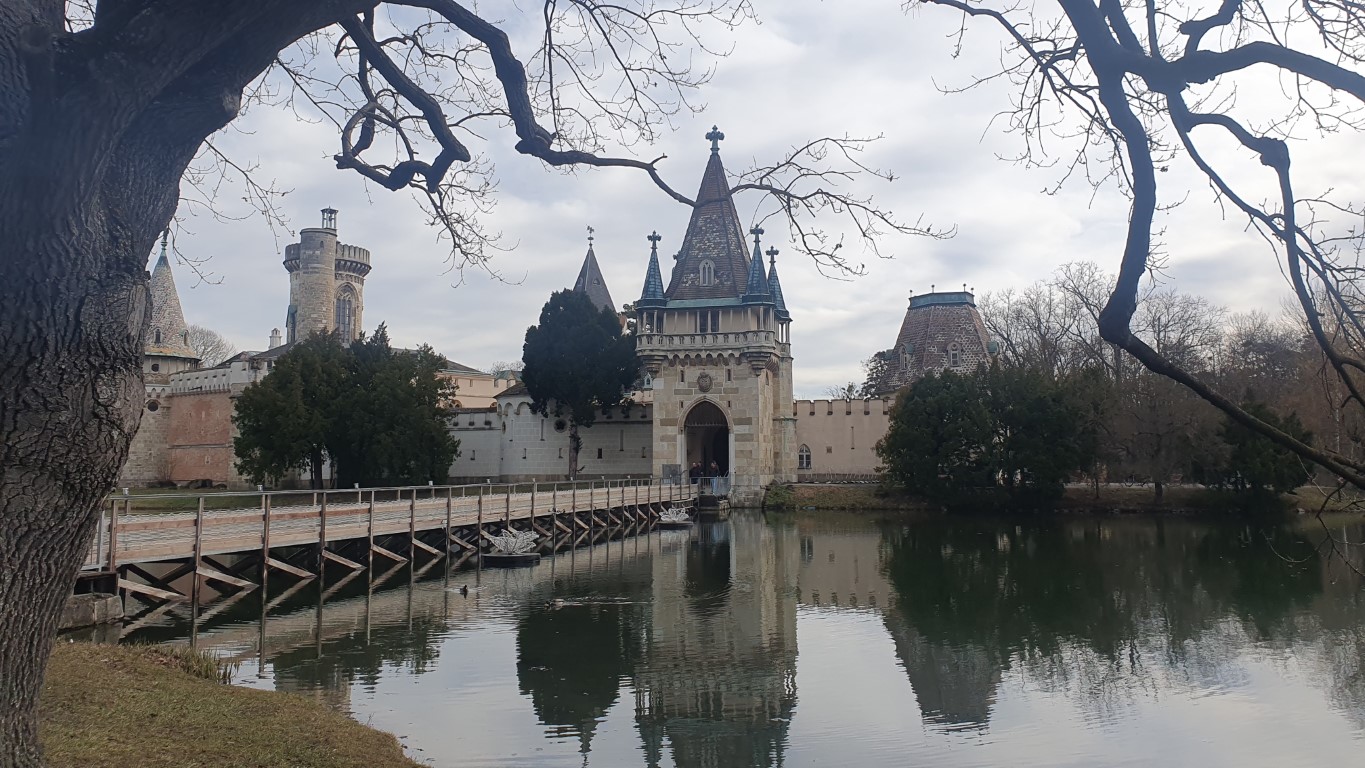

.jpg)

